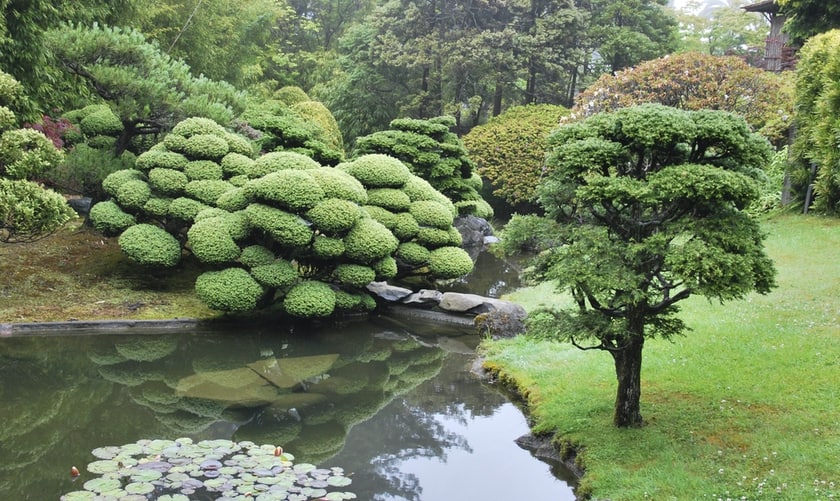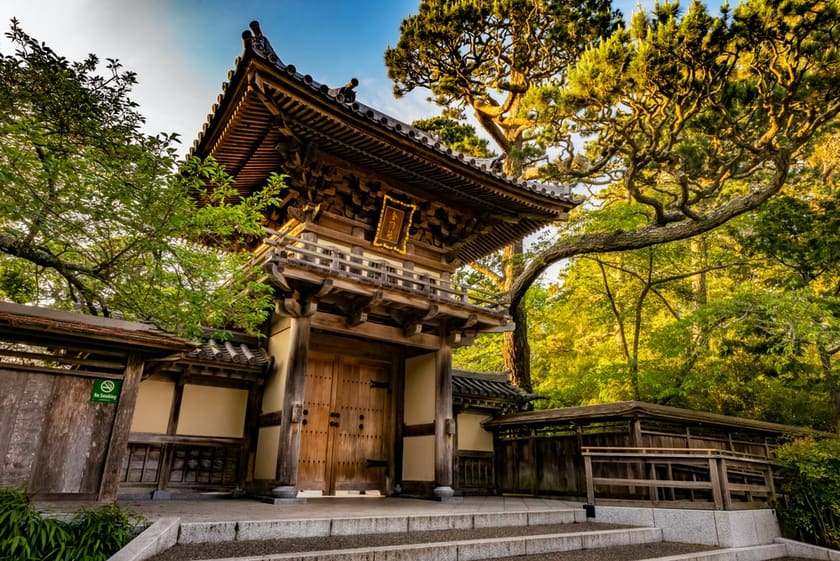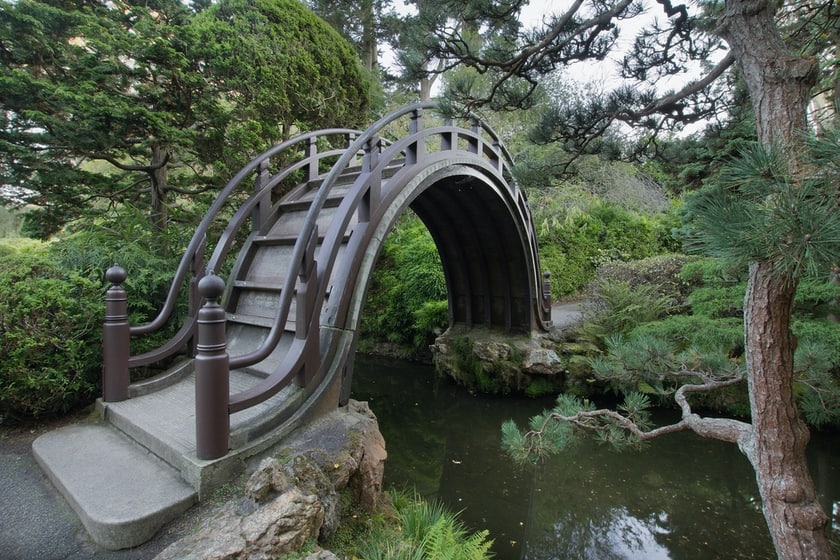Vacations almost always bring with them joy, curiosity, and a desire to discover different places and customs. Unfortunately, however, sometimes they can also be a source of stress, especially if time is short and there are many things to see. So what could be better than devoting a few hours just to yourself, leaving behind the hustle and bustle of big U.S. cities? Treat yourself to a visit to San Francisco‘s Japanese Tea Garden to regain your energy and set off again on your discovery of the city in the best way possible.
Contents
History of the Japanese Tea Garden
The Japanese Tea Garden is a beautiful Japanese garden located within Golden Gate Park. Created in 1894 for the California Midwinter International Exposition, the garden originally spanned about one acre. When the exhibition ended, landscape architect Makoto Hagiwara was commissioned to create a permanent Japanese-style garden by enlarging the initial area by nearly five times. Today the Japanese Tea Garden covers about 2 acres and is the oldest Japanese garden in the United States.
While not very large, within the garden you will find ponds, typical Japanese bridges, a Buddhist temple, a tea room, and a variety of plants perfectly placed to recreate a place of peace and harmony.
Directions
The Japanese Tea Garden is located at 75 Hagiwara Tea Garden Drive, inside San Francisco’s Golden Gate Park, at the intersection of Hagiwara Tea Garden Drive and Martin Luther King Drive.
If you are driving, you can park at the Music Concourse Garage. The main access to the garage is from Martin Luther King Junior Drive or Fulton Street / 10th Avenue. There are also some parking spaces along the streets surrounding Golden Gate Park, but it is not easy to find them vacant.
If you use public transportation, you can travel to the Japanese Tea Garden using the N-Judah, 44, 7, 6, and 43 lines.
Remember that on weekends between 10 a.m. and 7:30 p.m. you can use the Golden Gate Park Shuttle, a free bus that takes you to major attractions in the park, from the California Academy of Sciences to the Music Concourse, the De Young Museum and the Japanese Tea Garden, in addition to the park’s various botanical gardens, ponds, playgrounds, and golf courses.
Here is some other information that you might find useful:
Hours and Tickets
You will be able to visit the Japanese Tea Garden every day:
- 9:00 a.m. to 4:45 p.m. in winter (November to February)
- 9:00 a.m. to 5:45 p.m. in summer (March to October).
The ticket to access the garden costs:
- for adults $10 in winter and $12 in summer
- for children between 12 and 17 years old and over 65 $7
- for children between 5 and 11 years $3
Children under 5 years old get in free.
On Mondays, Wednesdays and Fridays between 9 a.m. and 10 a.m., admission is free.
Animals are not allowed.
Things to Do in Japanese Tea Garden
Pagodas, ponds, bridges, lanterns, statues and plants from the Orient, Zen gardens and a sense of tranquility and harmony characterize this small but unmissable place among things to see in San Francisco. If you enter early in the morning on odd-numbered weekdays, you won’t even have to pay for a ticket.
In addition to strolling and getting lost amongst the green paths of this perfectly thought out and maintained garden, why not enjoy a great cup of tea at the Tea House. The tea ceremony is a unique experience that dates back roughly to the 1200s and was later codified by Zen Buddhist monks in the 1500s. Centuries of history and tradition combine in a visual, tactile, tasteful, and above all, spiritual experience. Harmony, respect, purity and tranquility are the core principles of this ceremony. Along with tea, you can sample fortune cookies that were originally brought to the United States by Mr. Hagiwara himself in the early 1900s, although the original Japanese recipe was adapted and ‘sweetened’ to meet Western palates.
In addition to the Tea House, the Treasure Tower Pagoda deserves a mention. This oh-so-characteristic building standing in the Japanese Garden for all to admire is a five-storey Buddhist temple built at the same time as the Temple Gate for the 1915 Panama-Pacific International Exposition. Both buildings were later moved inside the Japanese Tea Garden at the end of the exhibition.
Finally, you will also likely be charmed by the taiko bashi, the arched pedestrian bridge typical of Chinese and Japanese architecture that, by reflecting on the water, creates a circle resembling a drum (in fact, it is also known as drum bridge).
Where to Stay in the Area
The Golden Gate Park area, as we have already written several times, is not the most suitable for overnight stays, so I recommend that you choose one of the best neighborhoods to stay in San Francisco and then get around using public transportation to the Japanese Tea Garden.







